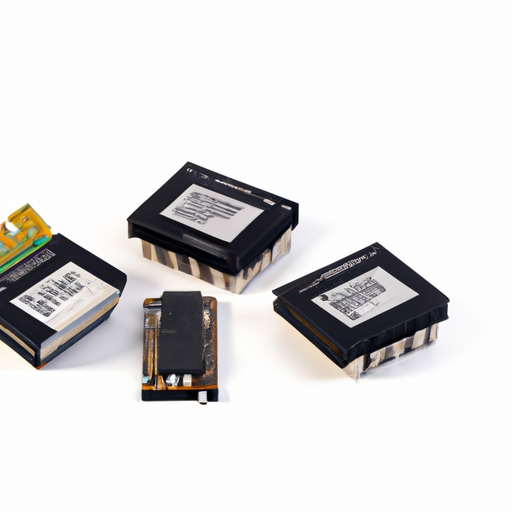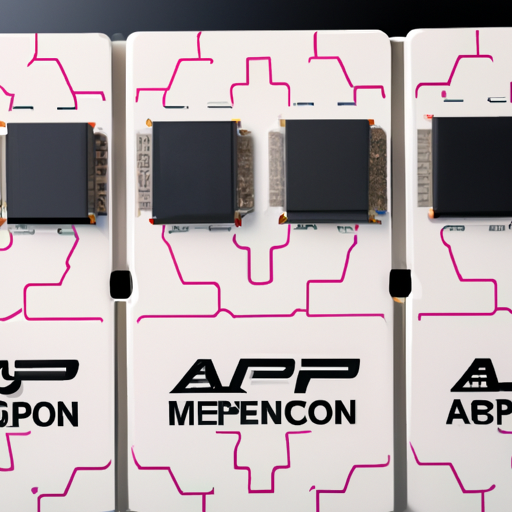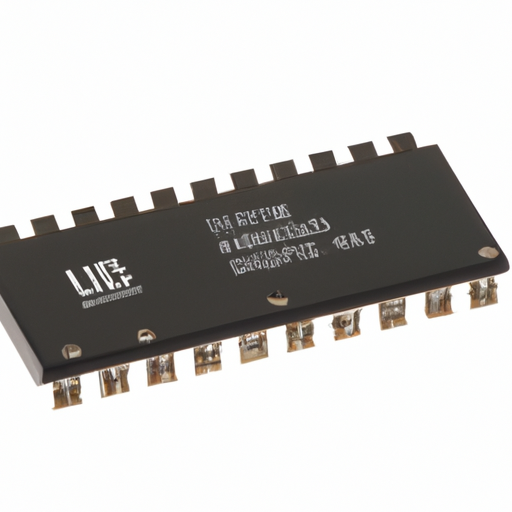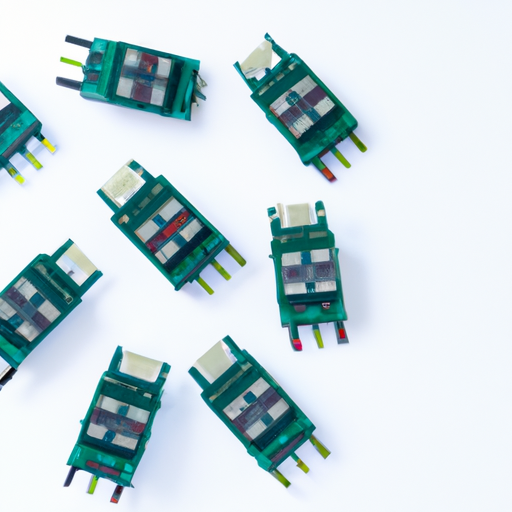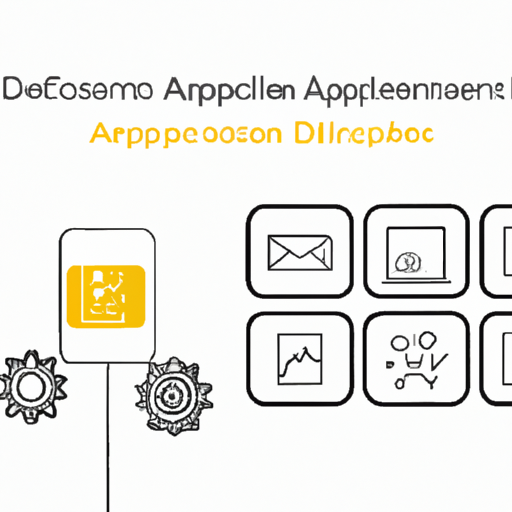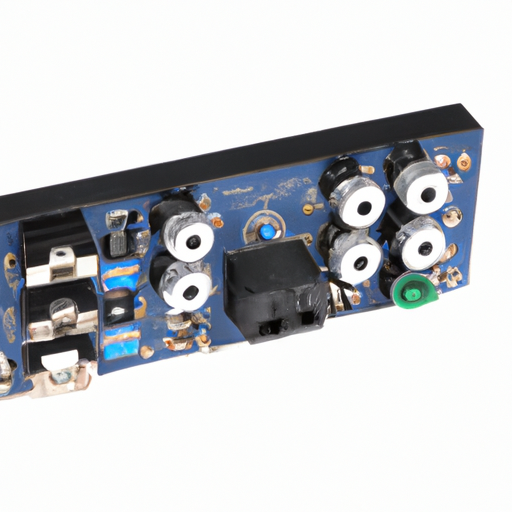Application Development in Audio Special Purpose for CFR-25JB-52-180K: Key Technologies and Success Stories
Developing audio applications for specialized purposes, particularly in the context of CFR-25JB-52-180K, necessitates a comprehensive understanding of both the technological landscape and the regulatory framework governing aviation. CFR-25 pertains to the airworthiness standards for transport category airplanes, and the "JB-52-180K" designation likely refers to a specific component or system within this regulatory context. Below, we explore the key technologies involved in audio application development and highlight notable success stories in the field.
Key Technologies in Audio Application Development
| 1. Digital Signal Processing (DSP) | |
| 2. Audio Codec Technology | |
| 3. Wireless Communication Protocols | |
| 4. Human-Machine Interface (HMI) | |
| 5. Safety and Redundancy Systems | |
| 6. Real-time Operating Systems (RTOS) | |
| 7. Machine Learning and AI | |
| 1. In-Flight Entertainment Systems | |
| 2. Cockpit Communication Systems | |
| 3. Noise-Canceling Headsets | |
| 4. Voice Recognition Systems | |
| 5. Emergency Communication Systems |
Success Stories
Conclusion
The development of audio applications for specialized purposes in aviation, particularly in relation to CFR-25JB-52-180K, requires a nuanced understanding of both technology and regulatory compliance. By leveraging advanced technologies and learning from successful implementations, developers can create audio systems that significantly enhance safety, communication, and overall user experience in aviation settings. As the industry continues to evolve, ongoing innovation in audio technology will play a pivotal role in shaping the future of aviation communication and entertainment systems.


